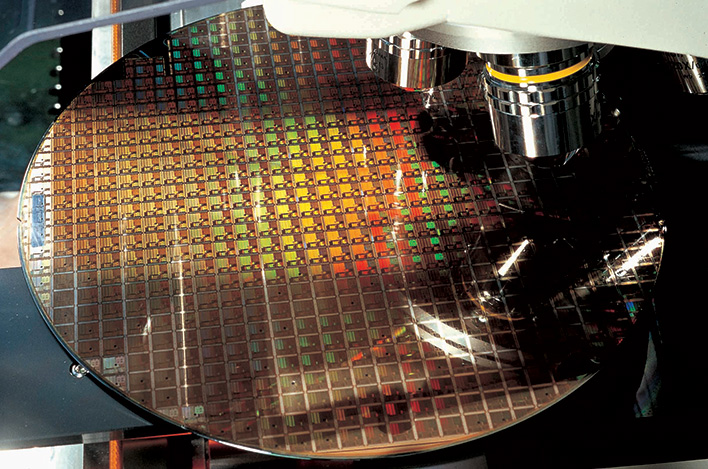Intel To Adopt Hybrid Manufacturing Strategy For Arc GPUs, Meteor Lake CPUs And Beyond

As we all know, Intel has multiple foundries spread across the globe dedicated to pumping out its processors and other hardware products. However, the company encountered numerous delays as it attempted to transition from 14nm to 10nm (and beyond), which interrupted its roadmap. With the company's IDM 2.0 strategy, it is partnering with outside foundries to alleviate some production stress and make better use of its engineering resources.
Intel's most profitable products are its processors, which include its Core and Xeon families. However, the company is also branching out with discrete graphics cards for gamers (Arc) and high-performance computing (Ponte Vecchio). Given that this is a nascent market for Intel, it makes sense that it is looking to TSMC to produce these chips. According to Intel, it will use TSMC's N6 and N5 process nodes for these discrete GPUs. The first product in the pipeline is Alchemist, the first-generation Arc graphics card aimed at gaming enthusiasts that will arrive in early 2022.
Intel added that it simply makes sense to go with TSMC for its discrete GPUs. "Just as our designers use the right architecture for the right workload, we also choose the node that best fits that architecture," said Stuart Pan, Intel SVP for the Corporate Planning Group. "At this point in time, these foundry nodes are the right choice for our discrete graphics products.
"We are evolving this integrated device manufacturer model to deepen and expand our partnerships with leading foundries," Pan added. "These Xe graphics products are part of the first phase of evolution, where we are tapping into another foundry's advanced nodes for the first time."
Going forward, Intel will leverage additional technologies to maximize packaging efficiency and performance requirements for its processors. For example, its modular approach will allow it to use "mix and match" tiles built on different process nodes connected via a high-speed interface. AMD takes a similar approach with its Ryzen processors, but Intel says its "leadership in advanced packaging will position us to take advantage of this trend."
One such product that will take full advantage of this tiled approach will be the 14th generation Meteor Lake CPU family, which should launch in 2023 using the Intel 4 process node. While Intel will manufacture the high-performance CPU "compute" tile, TSMC will be tasked with handling ancillary tiles that will also be on-package.
"While the majority of our products will continue to be made internally, expect to see tiles from external foundries playing a bigger part in our modular products in the coming years – including core compute functionality on advanced nodes to serve emerging workloads in client, data center and other areas," Pan concludes.

